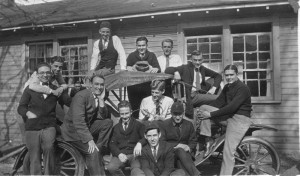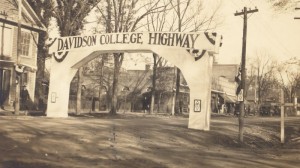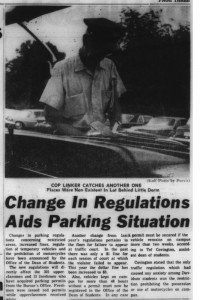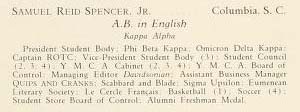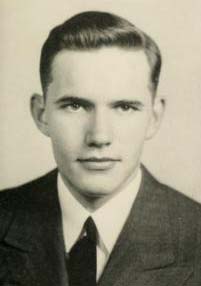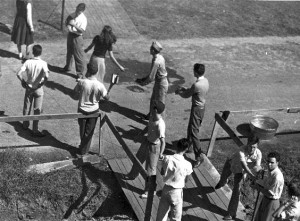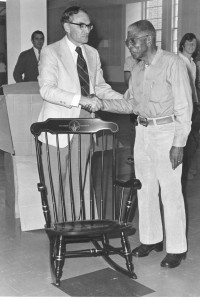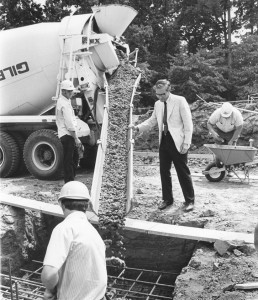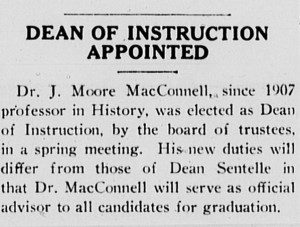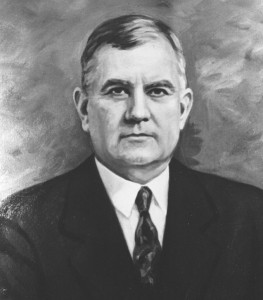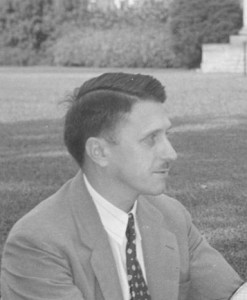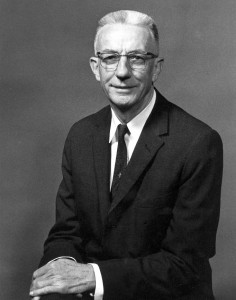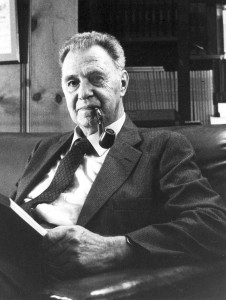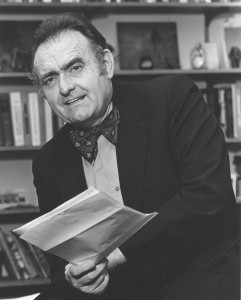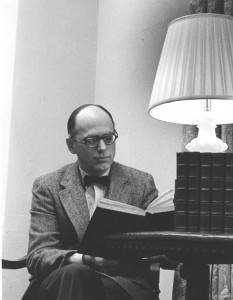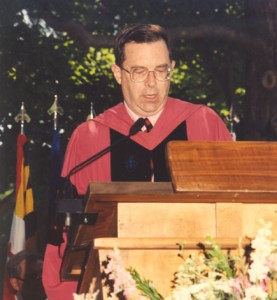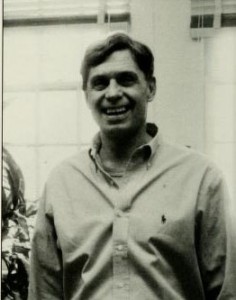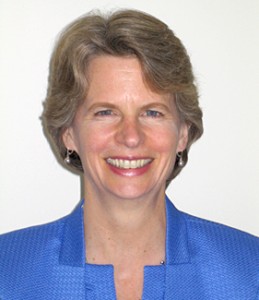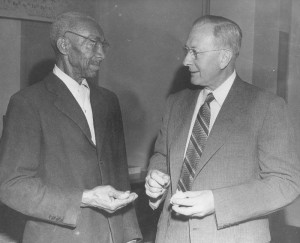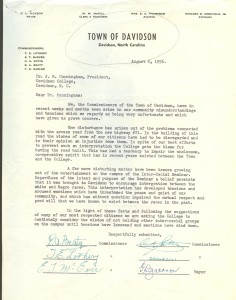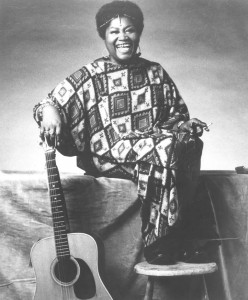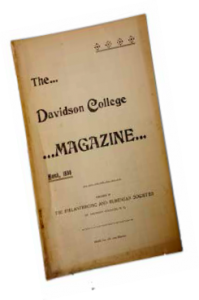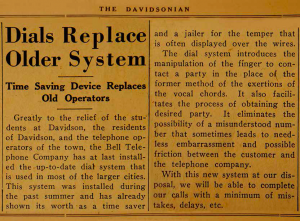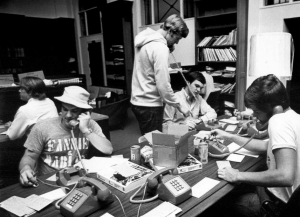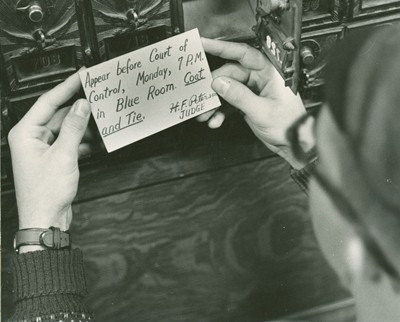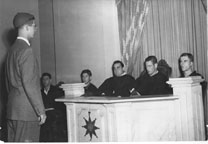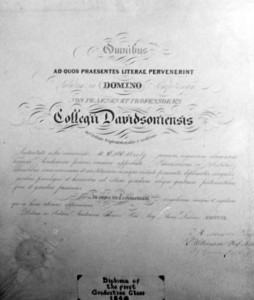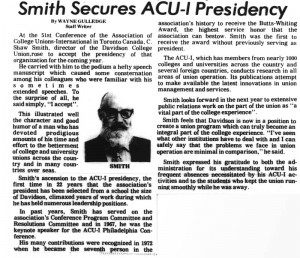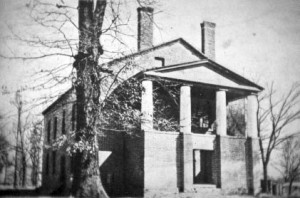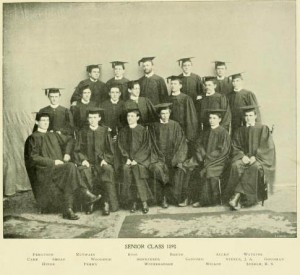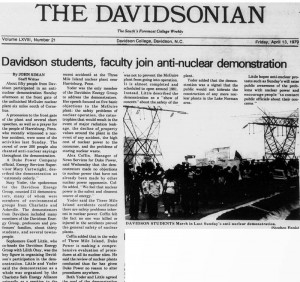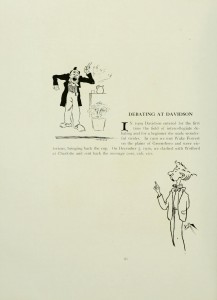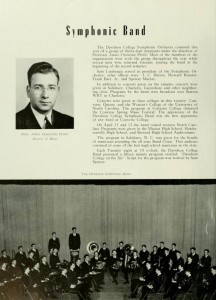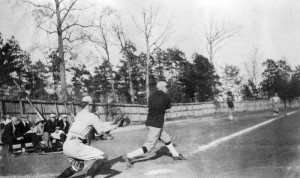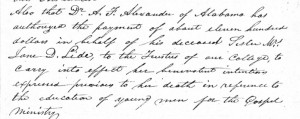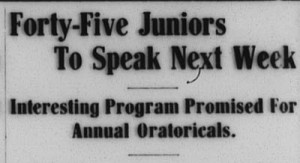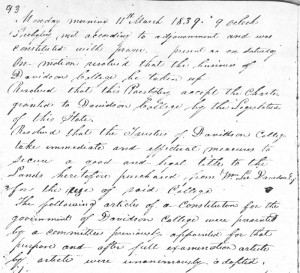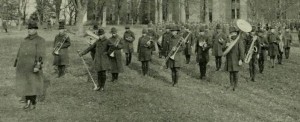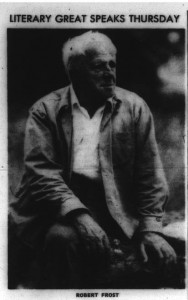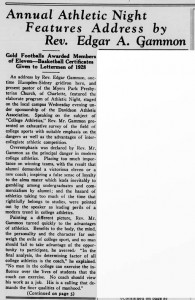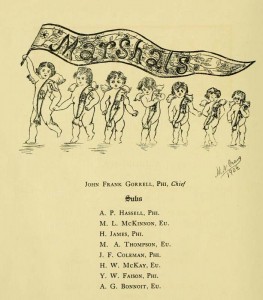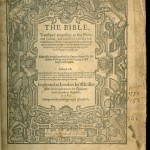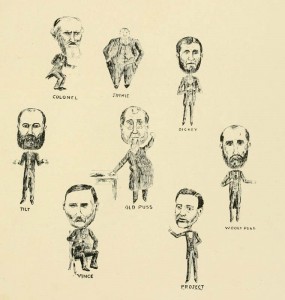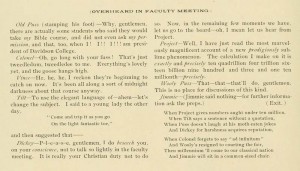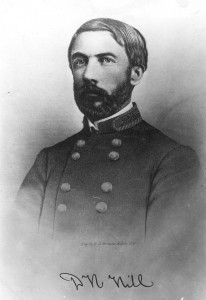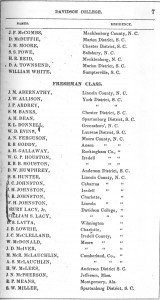Summer brings not only the departure of students, but also their cars. While this opens up more parking spaces, traffic issues appear to be a constant around campus (and definitely a few miles from campus on I-77). In fact, cars have been an issue for decades.
In the spring of 1923, the president of Hampden-Sidney College wrote to Davidson College president William J. Martin inquiring about students and cars. He had heard Davidson students were not allowed to have cars on campus and clearly hoped that this was true. He noted that the Senior class at Princeton had taken a stand against cars “on the ground that they are demoralizing.”
President Martin replied:
Dear Dr. Eggleston:-
We do not encourage automobiles among the students—indeed, we discourage them. Two or three years ago there seemed to be a tendency for the students to keep them here. That was at the time then money was free and plentiful and almost everybody had an automobile. As a permanent thing, they are a negative quantity on our campus. The only one that I know if here is a new one that a Senior has bought with reference to taking home with him.
I noted too the action of the Senior Class at Princeton. I thought it very wise.
When we get our new road from here to Charlotte we may have trouble with this same thing; if so, we shall certainly put a stop to it. I would not hesitate to require every parent to keep automobiles away from the students during their residence here.
I do not know the practice of other institutions.
With cordial regards, I am
Sincerely yours,
William J. Martin
Even before the road was finished, President Martin found part of his time taken up writing warning letters to students:
It was reported at the Faculty meeting this week that you had an automobile on the grounds which you were using regularly. I was directed by the Faculty to say that this is against the rule of the College and that either the automobile will have to be returned to your home, or you would have to make some arrangements with the Dean with regard to its use. Please govern yourself accordingly.
Banning automobiles was a short-lived solution. By 1937, the faculty’s Buildings and Grounds committee had developed a long list of rules for “Persons Driving and Parking on the Campus.”
These rules encompassed the practical and the aesthetic:
No. 7 – The rate of speed at which cars can legitimately be driven on campus depends on conditions existing at the moment. At no time may the speed be excessive, with 20 miles per hour as the maximum; due care must be exercised when passing or overtaking pedestrians, and when passing parked cars.
No. 11 – A heterogeneous assortment of cars parked at all angles detracts from the beauty of our campus. Orderly parking will help to relieve this situation.
One car that was allowed on campus. Dubbed “Religion” because it shook the hell out of you, it belonged to the YMCA. Photo courtesy of George Gunn ’47.
There was no relief in site when Dean of Students J. C. Bailey wrote Dean of Faculty C.K. Brown in 1948 asking for “ideas with reference to the problem of regulating the use of cars by students.”
Brown’s reply was terse. He had no word of wisdom and only one suggestion:
If we decide to allow all students to have cars, I should like for this move to be a part of a general plan for treating students more as men. If they are more mature than formerly, they should bear more responsibility in every area. I should like for us to make clear to them, and to their parents, that we expect them increasingly to stand behind their own decisions. We spend a tremendous time with requests made for special treatment that should never be made. Let us say to students and parents: Here is the freedom you crave; if you use it to the detriment of your college work, we will assume no part of the responsibility and will entertain no petitions for concessions from the established rules of the college.
Dean Bailey added his own concerns, not just about maturity –but about financial and social pressure. In his report to the Faculty Executive Committee, he wrote:
It is probable that when more students have cars, still more students will wish to have cars. Many parents of Davidson students would find the cost of a car and its upkeep burdensome, other would find it an impossible undertaking. Possession of cars on the campus by all students who could afford them would tend to emphasize in a very obvious manner the differences in financial background among the students. The Faculty desires to maintain on the campus an atmosphere in which the individual student stands on the basis of his personal worth rather than on the basis of what he owns.
The solution in 1948 was to limit cars to married students and any students over 21 years of age and even then to encourage them to only use the cars on dance weekends.
An editorial in the October 8, 1948 Davidsonian urged students with permission to drive to do so wisely, in hopes that their behavior would open the way for those under 21. Whether from following the rules or student pressure, by the fall of 1950 more students could bring cars. Freshman were protected from the possible evils of cars until the fall of 1965 but they then ushered in a new era of parking regulations and fees.
